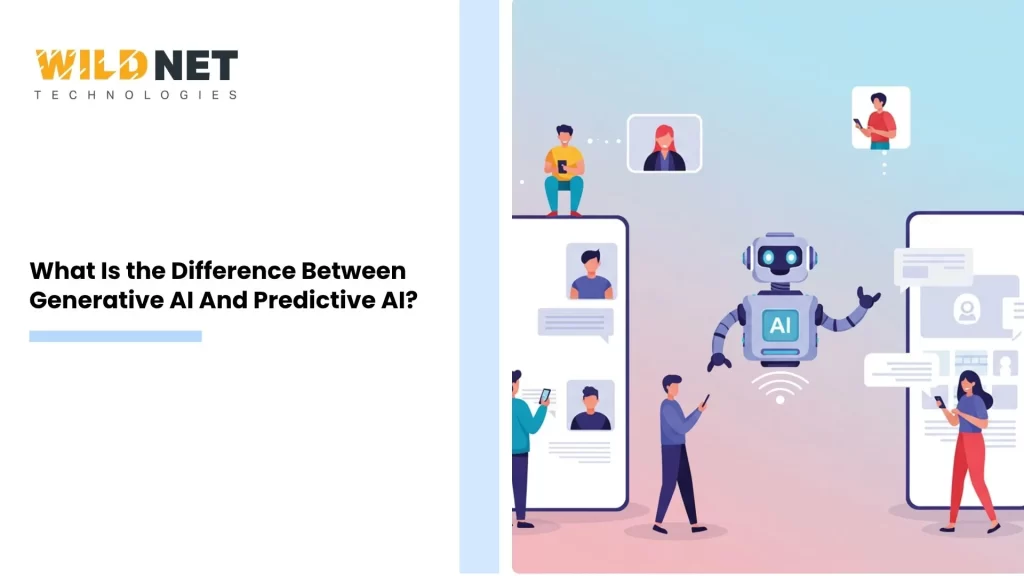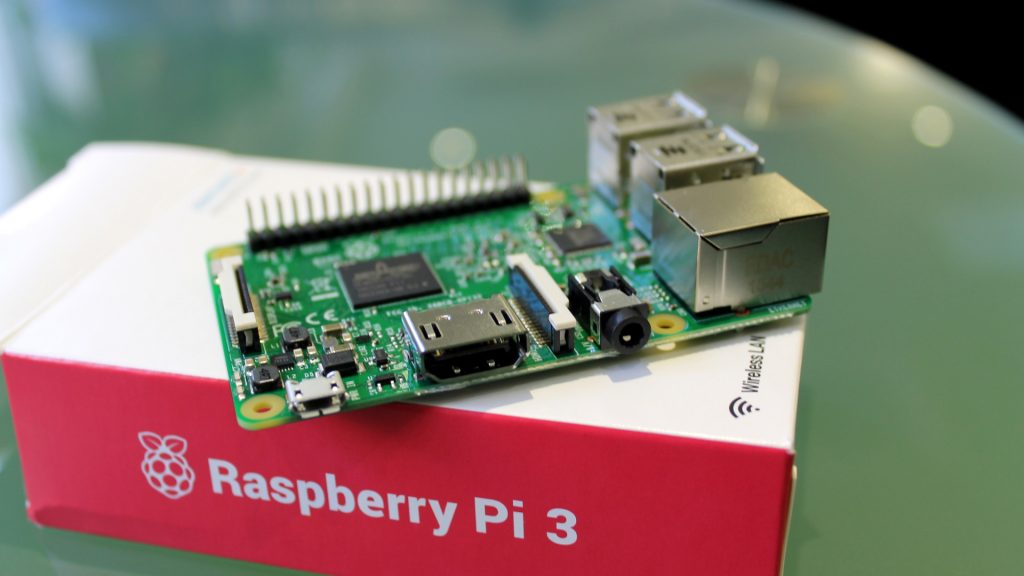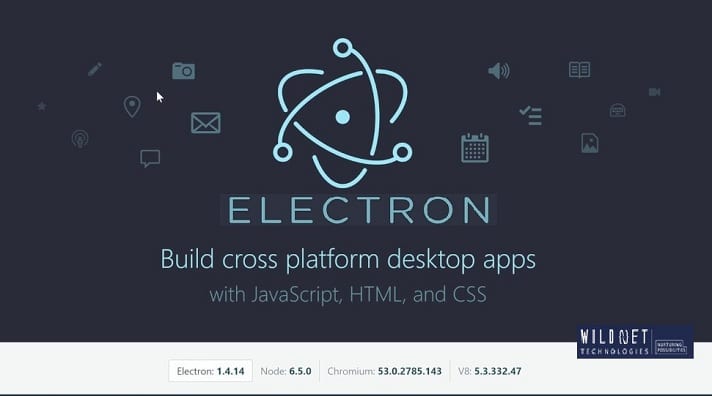Artificial Intelligence (AI) has become a buzzword in the technology industry, driving breakthroughs and transforming industries such as healthcare, finance, marketing, education, and manufacturing. Among the many branches of AI, two that have garnered significant attention are generative AI and predictive AI, each offering unique strengths and applications. Generative AI focuses on creating new content like text, images, or code, while predictive AI uses existing data to forecast future outcomes or behaviors.
Understanding what is the difference between generative AI and predictive AI is essential for businesses and professionals aiming to leverage the right AI tools for their specific goals. While one empowers creativity and innovation, the other enhances decision-making and strategy. Companies can build more adaptive, intelligent systems that drive efficiency and impact by exploring both. As AI continues to evolve, grasping these core distinctions will help individuals and organizations stay ahead in a rapidly advancing digital world.
What Is Generative AI?
Generative AI is a subset of artificial intelligence that focuses on creating new content. This can range from images and music to entire articles and more. Using existing data, generative AI models learn patterns and structures, enabling them to generate new data that mimics the input data. Think of it as a machine learning system that can produce creative works, distinct yet similar to the training data it has been fed.
How Generative AI Works
Generative AI employs advanced algorithms and neural networks to understand and replicate patterns from input data. These models, such as Generative Adversarial Networks (GANs) and Variational Autoencoders (VAEs), undergo training using vast datasets to discern structures and patterns. The process involves two main components: a generator that creates data and a discriminator that evaluates it, ensuring the authenticity and quality of the output.
The Evolution of Generative AI
Significant advancements in computational power and algorithmic sophistication have marked the evolution of generative AI. Early generative models were limited in scope and complexity, but recent breakthroughs have expanded their capabilities. Innovations like OpenAI’s GPT series have demonstrated the potential of generative AI to produce coherent and contextually relevant text, pushing the boundaries of what AI can create.
Creative Potential and Limitations
Generative AI holds immense creative potential, allowing for novel expressions in art, music, and literature. However, it also faces limitations, such as maintaining originality and avoiding biases in training data. While generative AI can mimic styles and themes, ensuring generated content’s diversity and ethical use remains critical.
Applications of Generative AI
Generative AI is making waves across numerous fields due to its ability to produce realistic content. Some notable applications include:
- Art and Design: Artists and designers use generative AI to create new artwork or enhance existing designs. AI models like DALL-E can generate images from textual descriptions, opening up new creative avenues. This technology democratizes art creation, allowing individuals without traditional skills to produce complex artworks and fostering collaboration between human creativity and machine precision.
- Media and Marketing: In media and marketing, generative AI is used to automate the creation of written content, video scripts, and even entire videos. This speeds up the content creation process and allows for personalization at scale. By tailoring content to individual preferences, businesses can engage audiences more effectively, ensuring messages resonate personally, thus enhancing consumer engagement and brand loyalty.
- Healthcare: In the medical field, generative AI aids in drug discovery by simulating new drug molecules and predicting their interactions with biological targets. This accelerates the research and development process, reducing time and costs associated with bringing new treatments to market. Furthermore, generative AI can assist in creating personalized treatment plans, optimizing healthcare delivery, and improving patient outcomes.
- Gaming: Game developers use generative AI to create dynamic environments and scenarios, enhancing the gaming experience by offering unique and personalized gameplay. This technology allows for developing expansive game worlds that adapt to player actions, providing a more immersive and engaging experience. By continuously generating new content, games remain fresh and challenging, catering to diverse player preferences and styles.
What Is Predictive AI?
Predictive AI, on the other hand, is all about forecasting future outcomes based on historical data. Predictive AI models can make informed guesses about what will happen next by analyzing patterns and trends. This type of AI is invaluable for decision-making processes across different industries.
How Predictive AI Works
Predictive AI utilizes statistical algorithms and machine learning techniques to identify patterns and relationships within data. By examining historical datasets, predictive models can extrapolate future trends, providing valuable insights. Techniques like regression analysis, time series forecasting, and decision trees are commonly employed to enhance the accuracy and reliability of predictions.
The Evolution of Predictive AI
Advancements in big data analytics and machine learning algorithms have driven the evolution of predictive AI. Computational constraints limited early models, but recent breakthroughs in processing power have enabled more sophisticated analyses. Innovations in natural language processing and deep learning have further expanded predictive AI’s capabilities, allowing it to handle complex datasets and unstructured information.
Importance in Decision-Making
Predictive AI plays a crucial role in decision-making across various sectors. Organizations can make informed strategic choices, optimize operations, and mitigate risks by providing data-driven forecasts. The ability to anticipate future trends and outcomes empowers businesses to stay competitive, adapt to changing market dynamics, and seize new opportunities.
Applications of Predictive AI
Predictive AI is widely used to enhance efficiency and decision-making in various sectors:
- Finance: Financial institutions leverage predictive AI to assess credit risks, forecast stock market trends, and detect fraudulent activities. By analyzing transaction patterns and market indicators, predictive models can identify potential risks and opportunities, enabling proactive risk management. This not only protects assets but also enhances investment strategies, maximizing returns.
- Retail: Retailers use predictive AI to anticipate customer demand, optimize inventory, and personalize marketing strategies based on consumer behavior patterns. By analyzing purchasing trends and preferences, businesses can tailor their offerings to meet customer needs, improving satisfaction and loyalty. Predictive insights also aid in dynamic pricing and inventory management, ensuring efficiency and profitability.
- Healthcare: In healthcare, predictive AI models predict patient outcomes, assist in diagnosing diseases early, and optimize treatment plans to improve patient care. By analyzing patient data and medical histories, predictive models can identify risk factors and recommend preventive measures. This enables healthcare providers to deliver personalized care, enhancing patient outcomes and reducing healthcare costs.
- Meteorology: Meteorologists rely on predictive AI to analyze climate data, improving the accuracy of weather forecasts and aiding in disaster preparedness. By examining historical weather patterns and atmospheric conditions, predictive models can generate precise forecasts, enabling timely and effective responses to adverse weather events. This enhances public safety and minimizes the impact of natural disasters.
What Is the Difference Between Generative AI and Predictive AI?
Both technologies represent powerful applications of AI, but they serve fundamentally different purposes. Generative AI is focused on creating new content based on learned data, whereas predictive AI is designed to forecast future events based on past data. Understanding the difference between generative AI and predictive AI helps organizations choose the right tool for specific goals, whether they aim to innovate creatively or make data-informed decisions.
In practice, the difference between generative AI and predictive AI becomes significant when planning AI integration in marketing, healthcare, finance, or entertainment industries, where content generation and forecasting are critical yet distinct needs.
While generative and predictive AI rely on data to function, their objectives and outcomes differ significantly.
- Generative AI: The primary goal of generative AI is to create new data. It’s about constructing something novel and original that resembles the existing data it was trained on. This involves creativity and innovation, allowing machines to produce artworks, music, and other forms of content that mimic human creativity.
- Predictive AI: Predictive AI aims to foresee future events or trends. It analyzes past and present data to make predictions about future occurrences. The emphasis is on accuracy and reliability, with models designed to provide actionable insights that guide decision-making processes.
- Generative AI uses input data to learn patterns and generates new, similar data. This process involves creativity, as the AI produces something that didn’t exist before. Generative models strive to replicate the intricacies of input data, ensuring the output is original and contextually relevant.
- Predictive AI focuses on extracting meaningful patterns from historical data to predict future outcomes. The emphasis is on accuracy and reliability rather than creativity. Predictive models aim to uncover correlations and trends within data, providing insights that inform strategic decisions and actions.
- Generative AI Examples include creating a painting based on a style from a dataset of famous artworks, composing music in the style of Beethoven, or generating a new human face that doesn’t exist in reality. These applications highlight the creative potential of generative AI, enabling the production of novel and inspiring works.
- Predictive AI Examples include predicting stock market trends, forecasting sales for the next quarter, and anticipating customer churn in a subscription-based business. These applications demonstrate the practical utility of predictive AI, providing organizations with foresight and guidance in navigating complex environments.
While generative and predictive AI serve different purposes, they can complement each other. Combining the two can sometimes lead to even more powerful AI applications.
For example, predictive AI can forecast customer preferences and marketing trends. At the same time, generative AI can create personalized content based on these predictions, leading to more engaging and effective marketing campaigns. By leveraging both types of AI, businesses can enhance customer experiences, drive engagement, and increase conversion rates.
In healthcare, predictive AI can identify patterns indicating potential health issues, and generative AI can simulate various treatment scenarios, helping healthcare providers develop optimal care plans. This synergy enhances the delivery of personalized medicine, improving patient outcomes and reducing treatment costs. Healthcare systems can offer more precise and effective interventions by integrating predictive insights and generative simulations.
The intersection of generative and predictive AI fosters creativity and innovation across various fields. Organizations can explore new ideas, optimize processes, and develop innovative solutions by combining predictive insights with generative capabilities. This integration unlocks new possibilities, driving progress and transformation in the entertainment and manufacturing industries.
When deciding which type of AI to implement, consider your goals and the nature of your data. If you want to create new, unique content or simulate scenarios, generative AI might be the right choice. On the other hand, if you aim to make informed decisions based on data forecasts, predictive AI would be more suitable.
Both types of AI hold tremendous potential to transform industries by automating processes, enhancing creativity, and improving decision-making. By understanding the differences and applications of generative and predictive AI, businesses can harness their power to drive innovation and growth. Strategic considerations include evaluating your industry’s specific needs, the availability and quality of data, and the desired outcomes of AI implementation.
Choosing between generative and predictive AI involves balancing creativity and precision. While generative AI excels in creative domains, predictive AI offers precision and accuracy in decision-making. Organizations must assess their goals and resources, determining which type of AI aligns best with their strategic objectives. This balance ensures the effective deployment of AI technologies, maximizing their impact and value.
The optimal approach often involves integrating both generative and predictive AI. By combining their strengths, organizations can achieve a holistic AI strategy leveraging creativity and foresight. This integration empowers businesses to innovate, adapt, and thrive in dynamic environments, ensuring long-term success and sustainability.
Generative AI and predictive AI each offer unique benefits and serve different purposes. Generative AI is about creating and innovating new content based on learned patterns, while predictive AI focuses on forecasting and decision-making by analyzing historical data.
As AI technology evolves, the line between generative and predictive AI may blur, with more applications that utilize both types emerging. The future of AI will likely see increased integration and synergy between generative and predictive capabilities, driving innovation across various sectors. By staying informed about these developments, businesses and individuals can remain at the forefront of technological advancements.
Understanding what is the difference between generative AI and predictive AI helps businesses and individuals leverage AI effectively to meet their specific needs and goals. Industries can achieve greater efficiency, creativity, and innovation by harnessing the power of both types of AI. This understanding enables organizations to navigate the complexities of AI technology, optimizing its application and impact.
In the fast-paced world of AI, staying informed about what is the difference between generative AI and predictive AI and their evolving capabilities ensures you remain at the forefront of innovation. Businesses and individuals can harness AI’s full potential by continuously exploring new developments and applications, driving progress and transformation in their respective fields. Embracing AI’s capabilities will unlock new opportunities and possibilities, shaping the future of industries and society.
Conclusion:
Generative AI and predictive AI each play unique roles in transforming how businesses leverage artificial intelligence. While generative AI focuses on creating new content—text, images, videos predictive AI analyzes data patterns to forecast outcomes. Together, they can revolutionize marketing strategies, product development, and customer engagement. Brands that understand and integrate both can unlock powerful insights and stay ahead in the competitive digital landscape. For companies aiming to fully harness these capabilities, partnering with the best digital marketing company in India ensures expert guidance and measurable results. Embrace the future of AI to innovate, engage, and lead confidently.
1. What is the main difference between generative AI and predictive AI?
Ans. Generative AI is designed to create new data, such as text, images, or music, by learning from existing patterns. Predictive AI, on the other hand, forecasts future outcomes based on historical data and statistical modeling.
2. How do their use cases differ across industries?
Ans. Generative AI is commonly used in creative fields like content creation, design, gaming, and art. Predictive AI is widely used in data-driven sectors such as finance, healthcare, marketing, and supply chain management to forecast trends and outcomes.
3. What types of algorithms are used in each?
Ans. Generative AI relies on models like GANs (Generative Adversarial Networks) and VAEs (Variational Autoencoders). Predictive AI uses regression models, decision trees, time series analysis, and other statistical algorithms.
4. Can generative and predictive AI be used together?
Ans. Yes, many advanced AI systems combine both. For instance, predictive AI can forecast customer behavior, and generative AI can then create personalized marketing content based on those predictions.
5. Which is better for businesses: generative or predictive AI?
Ans. It depends on your goals. If you aim to produce content or automate creativity, generative AI is the better fit. Predictive AI is more suitable if you focus on forecasting trends, making informed decisions, or managing risks.
Read More
Generative AI Developments in 2024 & 2025
What is the primary goal of generative ai?
What Is Generative AI, And How Does It Work?
Can Generative AI Automate the Manual process of Content Writing?






